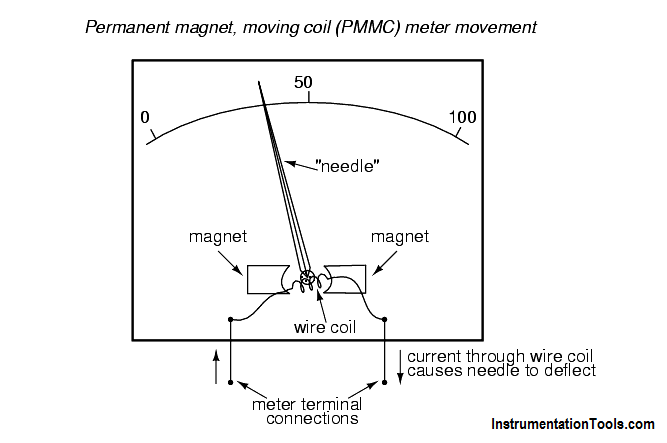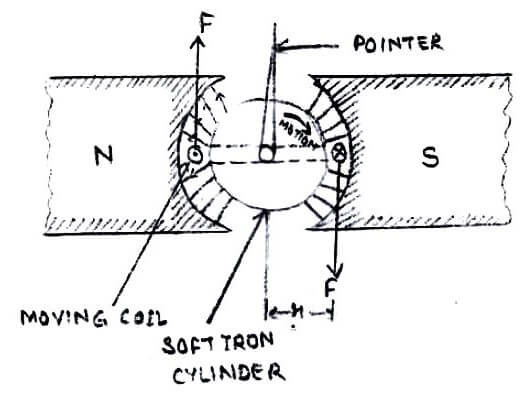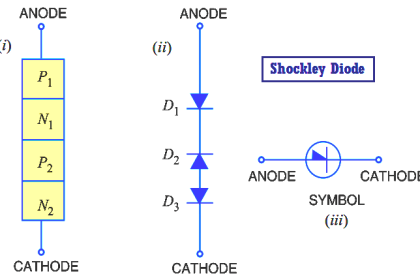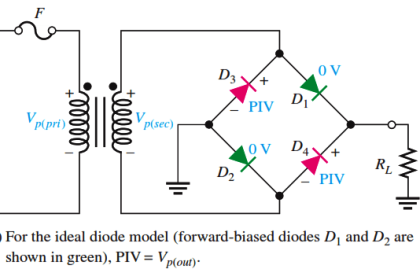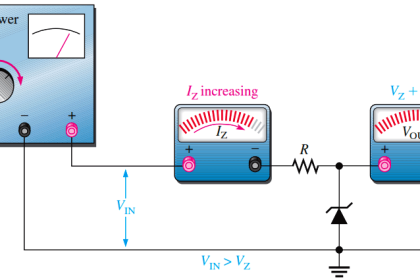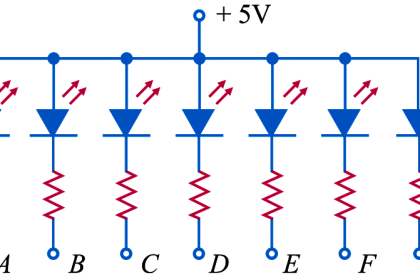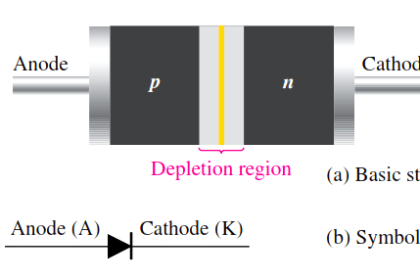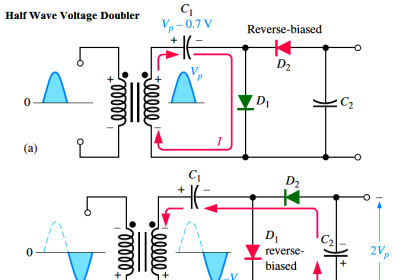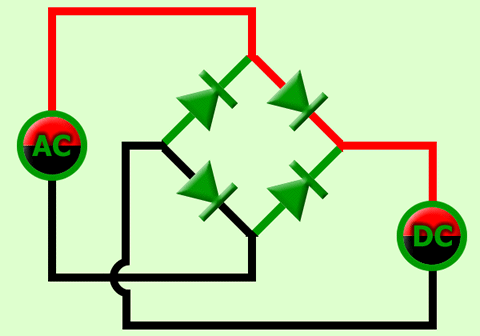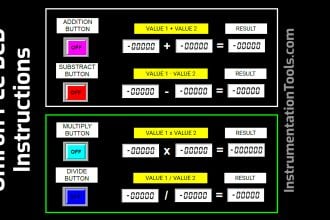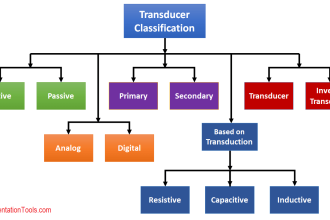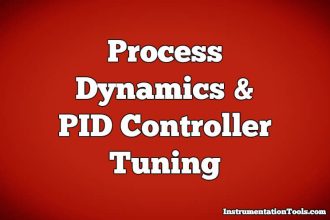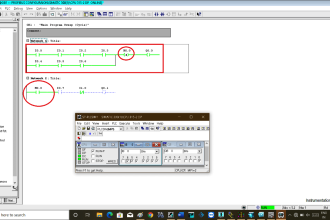The permanent magnet moving coil instruments are most accurate type for direct current measurements. The action of these instruments is based on the motoring principle. When a current carrying coil is placed in the magnetic field produced by permanent magnet, the coil experiences a force and moves. As the coil is moving and the magnet is permanent, the instrument is called permanent magnet moving coil instrument. This basic principle is called D’Arsonval principle. The amount of force experienced by the coil is proportional to the current passing through the coil.
The PMMC instrument is shown in the below images.
The moving coil is either rectangular or circular in shape. It has number of turns of fine wire. The coil is suspended so that it is free to turn about its vertical axis. The coil is placed in uniform, horizontal and radial magnetic field of a permanent magnet in the shape of a horse-shoe. The iron core is spherical if coil is circular and is cylindrical if the coil is rectangular. Due to iron core, the deflecting torque increase, increasing the sensitivity of the instrument.
The controlling torque is provided by two phosphor bronze hair springs.
The damping torque is provided by eddy current damping. It is obtained by movement of aluminum former, moving in the magnetic field of the permanent magnet.
The pointer is carried by the spindle and it moves over a graduated scale. The pointer has light weight so that it deflects rapidly. The mirror is placed below the pointer to get the accurate reading by removing the parallax. The weight of the instrument is normally counter balanced by the weights situated diametrically opposite and rapidly connected to it. The scale markings of the basic d.c PMMC instruments are usually linearly spaced as the deflecting torque and hence the pointer deflections are directly proportional to the current passing through the coil.
The top view of PMMC instrument is shown in the below image.
Advantages of PMMC
The various advantages of PMMC instruments are,
- It has uniform scale.
- With a powerful magnet, its torque to weight ratio is very high. So operating current of PMMC is small.
- The sensitivity is high.
- The eddy currents induced in the metallic former over which coil is wound, provide effective damping.
- It consumes low power, of the order of 25 W to 200 mW.
- It has high accuracy.
- Instrument is free from hysteresis error.
- Extension of instrument range is possible.
- Not affected by external magnetic fields called stray magnetic fields.
Disadvantages of PMMC
The various disadvantages of PMMC instruments are ,
- PMMC is Suitable for direct current measurement only.
- Ageing of permanent magnet and the control springs introduces the errors.
- The cost is high due to delicate construction and accurate machining.
- The friction is due to jewel-pivot suspension.
